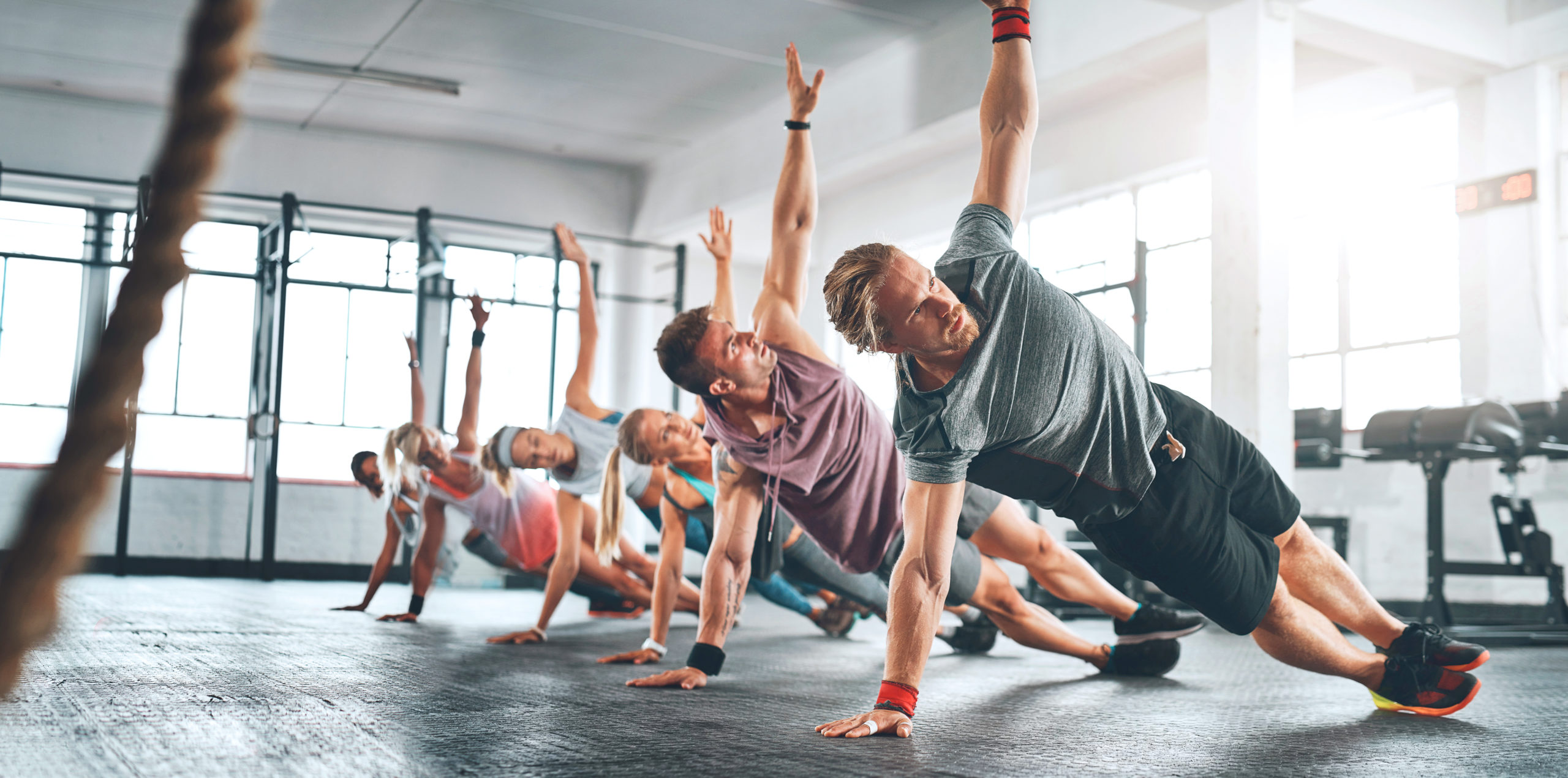How to Use Physical Conditioning to Compete at Your Peak
Dancers need to be both artists and athletes, so physical conditioning can be an effective way to enhance performance in the lead up to competitions. In designing a conditioning program, consider both the length of time and the intensity that a dancer or dancers will be onstage. It’s a common misunderstanding that training longer is better; instead, long bouts of aerobic training can place excessive strain on joints and possibly lead to injury. Choreograph your cross-training to match the event you’ll be dancing in, whether high intensity, moderate intensity or high cardio.
Thoughtful planning about the type of training is key: Rather than relying simply on aerobic conditioning with sweat as a goal, choose appropriate workouts based on what will be needed onstage. “We have a workout at the beginning of rehearsals to ensure we have the conditioning that allows our bodies to facilitate the movement we want to execute,” says Fernando Valles, co-owner of Keystone Dance Co. in Ajax, Ontario. Workouts are designed around upper- and lower-body exercises that develop dancers’ strength and conditioning, training them to be efficient with their energy.
Explosive Moves
High-intensity competition numbers are usually shorter but involve a lot of high-impact moves in situations like tournament battles or competitions with rounds that have breaks between competitors. They may include explosive movements, such as backflips in breaking, jetés in ballet or get-offs in krump. To condition for this type of movement, dancers can focus on incorporating similarly explosive moves, such as vertical jumping, bounding, inclined push-ups and other variations of plyometrics. This type of training can make executing these dance moves more effortless and allow dancers to maximize performance time.
A Quick Recovery
Moderate intensity applies to larger group numbers in which dancers are not constantly onstage. Transitioning on and off the stage allows for moments of rest, so conditioning can focus on developing a capacity for a quick recovery. To develop this in training, use a short work-to-rest ratio between multiple exercises, before an extended bout of rest.
Endurance and Stamina
Solos and smaller group dances often require endurance and stamina. Dancers must be able to maintain a high quality of movement for several minutes. Here, a consistent cardio activity would train this capacity. Include multiple exercises, so you aren’t using the same movement patterns while challenging your conditioning. As a result, dancers will develop the stamina to perform for more extended periods.
Whether you’re working toward a performance, a tournament or a competition routine, aligning exercises that simulate the intensity of the dance can make movements feel more effortless once competition day arrives.
Rest Is a Training Tool
Rest allows the body to recover, build strength and adapt to the demands of new choreography. Use the following questions to check in with yourself—if you answer yes to any of them, add more rest to your routine.
- Has my sleep quality diminished?
- Has my energy level plateaued?
- Do I feel fatigued during the day?
- Am I unusually moody?
- Are injuries slow to heal?




